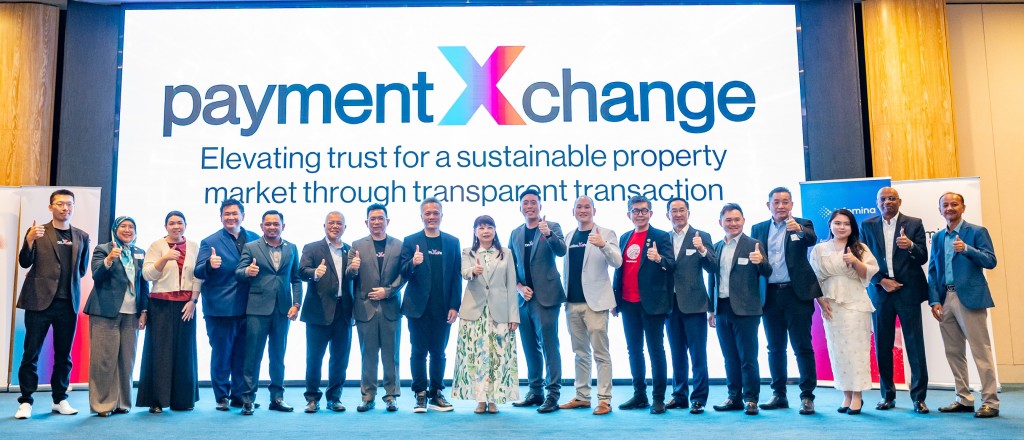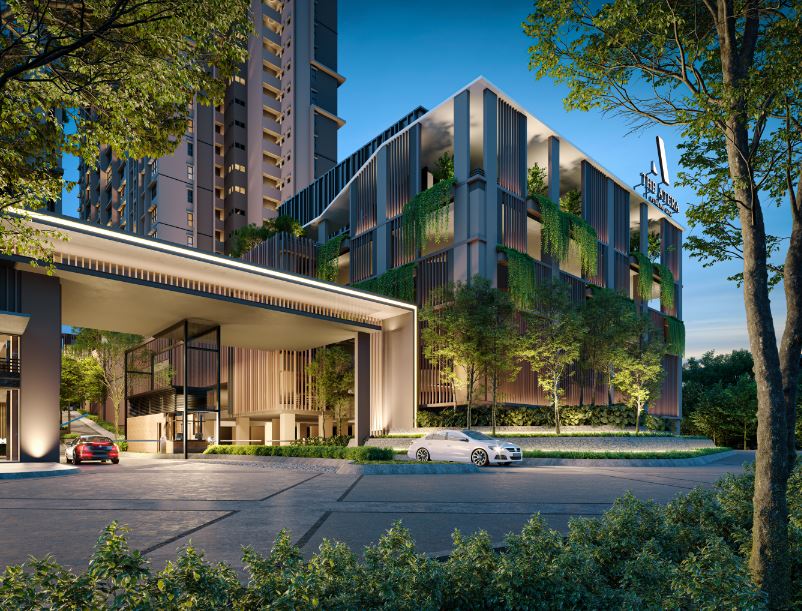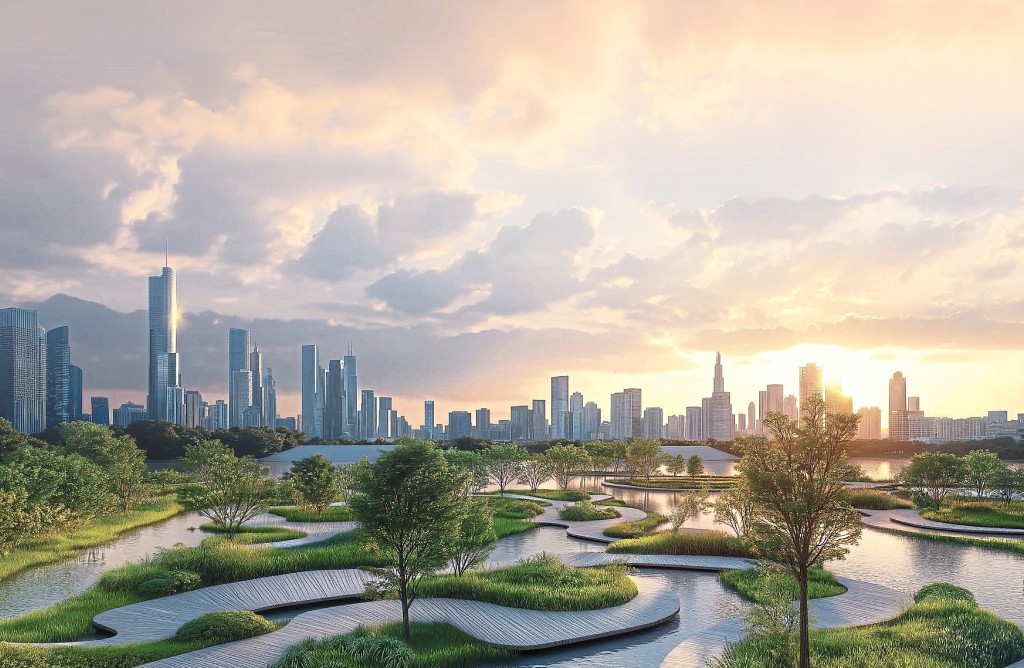
The Department of Statistics Malaysia (DOSM) estimated that Malaysia may become an aged nation by 2030.
Malaysia's population is beginning to age. Our Southeast-Asian nation is undoubtedly experiencing rapid ageing thanks to its growing segment of elderly individuals. This phenomenon is much more pronounced in urban areas, where younger people have migrated away in search of greener pastures in large cities or overseas. As such, these neighbourhoods have experienced a constant decline in their younger population, leaving behind an elderly demographic. The emergence of grey neighbourhoods has become a pressing issue, demanding attention from policymakers, urban planners and communities alike.
The elderly population of Malaysia significantly increased from only 0.5 million in the 1970s to almost 2.3 million in 2010. The Department of Statistics Malaysia (DOSM) estimated that Malaysia may become an aged nation by 2030, with people aged 60 years surpassing 15% of the total population. Chief statistician Datuk Seri Mohd Uzir Mahidin said currently, those aged 60 and above make up 11.6% (3.9 million) of the total population in 2024 which is 34.1 million. Currently, the composition of the population aged 15 to 64 years, who are still able to work, increased from 69.9% in 2023 to 70.1% in 2024. On the other hand, the percentage of the population aged 65 years and above increased from 7.4% to 7.7% over the past year. If the trend continues, DOSM’s estimation could prove accurate.
This begs the question. What comes with an aged population? While there are plenty of studies out there, the Malaysian context will pose its own set of challenges. Starbiz 7 reached out to the director and principal of Veritas Design Group Azril Amir Jaafar for his take on Malaysia’s grey community.
“Change is the only constant is a phrase often used to emphasise that change is an inevitable and ongoing part of life. As neighbourhoods evolve, challenges arise in maintaining a sense of community and addressing the needs of a diverse and changing population. The previously vibrant, active population may gradually transform into what is known as a grey community. The term grey community refers to communities with a high proportion of older adults,” said Azril.
“Maturing neighbourhoods often face a range of challenges that can impact overall routine, vibrancy, and quality of life. Some of the common challenges include ageing infrastructure, issues related to maintenance and upkeep, economic challenges, environmental concerns, housing issues and demographic shifts,” he continued.
One of the main issues in grey neighbourhoods is the ageing infrastructure. As a result of their decades-old construction, many of these areas not have received the necessary upkeep or upgrades to satisfy the demands of an ageing populace. This may result in several issues, including deteriorating roads, insufficient public transit and restricted access to necessary services. According to a 2023 report by the Malaysian Institute of Planners (MIP), more than 60% of senior citizens living in cities reported having trouble utilising public transit because of physical restrictions or a lack of accessibility features.
For older adults to find public transportation reliable and accessible, improvements must be made to the current systems. This includes routes that link to vital services, buses with low floors and convenient scheduling. Crucial components of a safe pedestrian environment are benches, pedestrian crossings and well-lit sidewalks. Stations and other community services have to be properly integrated.
Community contributions
Seniors are especially vulnerable to social isolation, which can negatively impact on both their physical and mental well-being. Healthy living and well-being are closely linked to social support and involvement. Seniors who are involved in society are able to maintain relationships of support and care, exercise competence and receive respect and esteem.
A 2022 study by Planning Malaysia entitled Determining elderly-friendly features based on an age-friendly city approach found that an elderly-friendly city should provide opportunities for the elderly to contribute to their communities after retirement. This contribution could be through unpaid and voluntary work, augmentation strategies, recruitment services for the elderly, training for staff dealing with the elderly and a range of volunteering options for the elderly. Locally, such features align with the Strategic Plan under the Ministry of Human Resource Malaysia 2020-2025.
“Even though seniors in the community may possess valuable skills and knowledge, there can often be a lack of opportunities for them to contribute their expertise, which can exacerbate affordability and economic security issues. Fixed or limited incomes can lead to financial difficulties, especially with rising costs of living and healthcare. Economic security and access to financial assistance are vital,” shared Azril.
Touching on finances, economic difficulties are yet another urgent concern in grey neighbourhoods. Many elderly people rely on fixed incomes from savings or pensions, which might not be enough to cover their escalating living and healthcare expenses. A reduction in their standard of living and financial difficulties may result from this. Furthermore, elderly residents have been disproportionately affected by the COVID-19 pandemic's economic downturn. They may have lost their jobs or seen a decline in their investment income.
The gift of mobility
Addressing the issues grey neighbourhoods face requires going beyond just infrastructure. It requires thoughtful strategies that take into account the physical capabilities and limitations of these neighbourhoods.
“Addressing the challenges faced by grey neighbourhoods requires thoughtful strategies and solutions tailored to their unique needs. To develop effective solutions, honesty, transparency, a strong will to achieve set objectives and flexibility to accommodate unexpected needs are crucial. From a town planning perspective, addressing issues in grey neighbourhoods involves strategic and proactive measures to create environments that cater to the needs of an ageing population. Some solutions will necessitate comprehensive planning and policy development, inclusive urban design, transportation planning, community amenities and services, social and recreational opportunities, safety and security, economic and employment opportunities, as well as community engagement and advocacy,” explained Azril.
He proposed community needs assessments to be carried out periodically. Neighbourhood administrators should conduct regular assessments to understand the specific needs and preferences of the ageing populations in each community and the data collected can be used to make adjustments in town planning.
Prioritising inclusivity in urban design is especially crucial for seniors. To achieve this, accessible parks, streets and public areas must be designed with elements like crosswalks that are marked and connected pavements. Furthermore, it's important to support senior-friendly housing options like single-story homes and accessible apartments. A more inclusive community can also benefit from a variety of housing options, such as co-housing or multigenerational living.
A neighbourhood's health and wellness facilities are vital parts of it. It is time to create or improve community health and wellness centres that provide services like physical therapy, fitness classes and social activities that are specifically designed with older adults in mind.
Multifunctional community hubs that function as resource hubs, social hubs and educational institutions should be prioritised by architects. Elderly residents should find these hubs welcoming and easily accessible. It is important to create and maintain recreational programs and activities that meet the interests and needs of senior citizens. Examples of these include exercise classes, educational workshops and hobby clubs. It is also important to create intergenerational spaces, like shared community gardens or multigenerational play areas, that encourage interaction between various age groups.
Additionally, crime prevention must be taken into account during the design process. Crime prevention through environmental design improves neighbourhood safety via improved street lighting, natural surveillance and community involvement in safety projects are effective. Another crucial aspect is emergency response planning, which guarantees that emergency plans take into account the requirements of senior citizens, including strategies for evacuation and easily accessible communication.
Malaysia can develop thriving and sustainable grey neighbourhoods that boost the well-being of its senior population by making investments in infrastructure, bolstering upkeep and maintenance, addressing economic challenges, reducing environmental risks, offering suitable housing options and adjusting to demographic shifts.
Stay ahead of the crowd and enjoy fresh insights on real estate, property development, and lifestyle trends when you subscribe to our newsletter and follow us on social media.










































